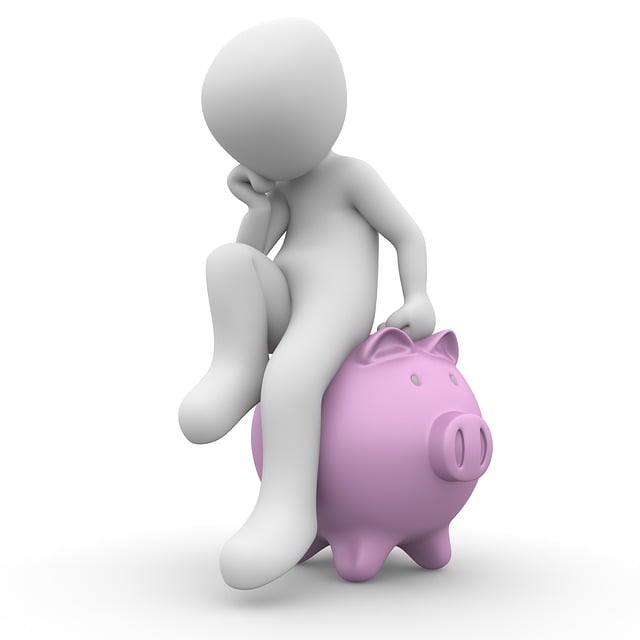Have you ever looked at your bank account and thought, “Wait, where did all my money go?”
Yeah… same.
Last month, I decided to track every single dollar I spent for 30 days. No skipping. No sugarcoating. Just real, honest numbers.
What I discovered surprised me—and might surprise you too. Here are 5 hidden money traps that were draining my wallet without me even noticing.
💸 1. Eating Out “Just This Once”
At first, it felt harmless. A quick lunch here. A coffee there. A takeout night when I didn’t feel like cooking. But by the end of the month, I’d eaten out eight times, and it added up to over $130.
The trap:
I kept saying “just this once.” But small amounts ($10–$20) stack up fast.
The fix:
I now give myself a weekly “eating out” budget. If I use it up early, no more Uber Eats until next week.
👕 2. Buying Clothes I Didn’t Need (and Might Not Wear)
I bought two new shirts because they were on sale. Guess how many I wore? Zero.
Oh, and a hoodie I didn’t need? Still has the tag.
The trap:
Impulse shopping hits hardest when you’re stressed or bored. Sales make it feel like a deal, but if you never wear it, it’s just clutter.
The fix:
I started a 24-hour rule: If I want something, I save it in a shopping list and wait a full day. Most of the time, I realize I don’t really want it.
🚗 3. Taking Uber Instead of the Bus
I took 9 Uber or Lyft rides this month. Some were late-night, others were just laziness. Total cost? $120.
The trap:
Rideshare apps are convenient, but they drain your bank account. Especially when public transit costs a tenth of the price.
The fix:
I downloaded a free public transit app and set a rule: If I’m not running late or feeling unsafe, I take the bus or walk.
📺 4. Subscriptions I Forgot About
I found two subscription charges I completely forgot about: one for a free trial I never canceled, and one for a streaming service I barely use. Together, they cost me $19.98/month—basically $240 a year!
The trap:
Subscriptions are designed to be easy to sign up for and hard to remember.
The fix:
I now track all my subscriptions in one place and cancel anything I haven’t used in the last 30 days.
🥤 5. The Convenience Premium
You know those little extras—bottled drinks, pre-cut fruit, or food delivery fees? I was spending an extra $4–7 a day on these.
The trap:
You don’t notice it until you track it. But paying more for “convenience” every day can cost you $100–150 a month.
The fix:
I started carrying a water bottle, prepping snacks in bulk, and cooking simple meals. It’s not perfect, but it works most days.
📊 What My Spending Looked Like
Here’s a rough breakdown of my non-essential spending:
| Category | Amount Spent |
|---|---|
| Eating Out & Coffee | $130 |
| Rideshare (Uber) | $120 |
| Impulse Shopping | $65 |
| Subscriptions | $20 |
| Convenience Food | $110 |
| Total | $445 |
That’s almost $450 I could’ve saved—or used for a trip, an emergency fund, or literally anything better than socks I didn’t wear.
🛠 Tools I Used to Track My Spending
-
App: I used Mint to connect my bank and track expenses automatically
-
Manual backup: Notes app for anything I paid in cash
-
Weekly check-ins: 5 minutes every Sunday to review
💡 Final Thoughts
Tracking every dollar for 30 days changed the way I see money.
It wasn’t about guilt or cutting everything out—it was about seeing my habits clearly. And now I can choose where my money goes, instead of wondering where it went.
✅ Want to Try It?
Here’s your challenge:
Track your spending for just 7 days. Write down everything. Even the $2 coffee.
At the end, look for your own money traps—and take back control.
You might be shocked. You might be embarrassed. But you’ll definitely be smarter.

